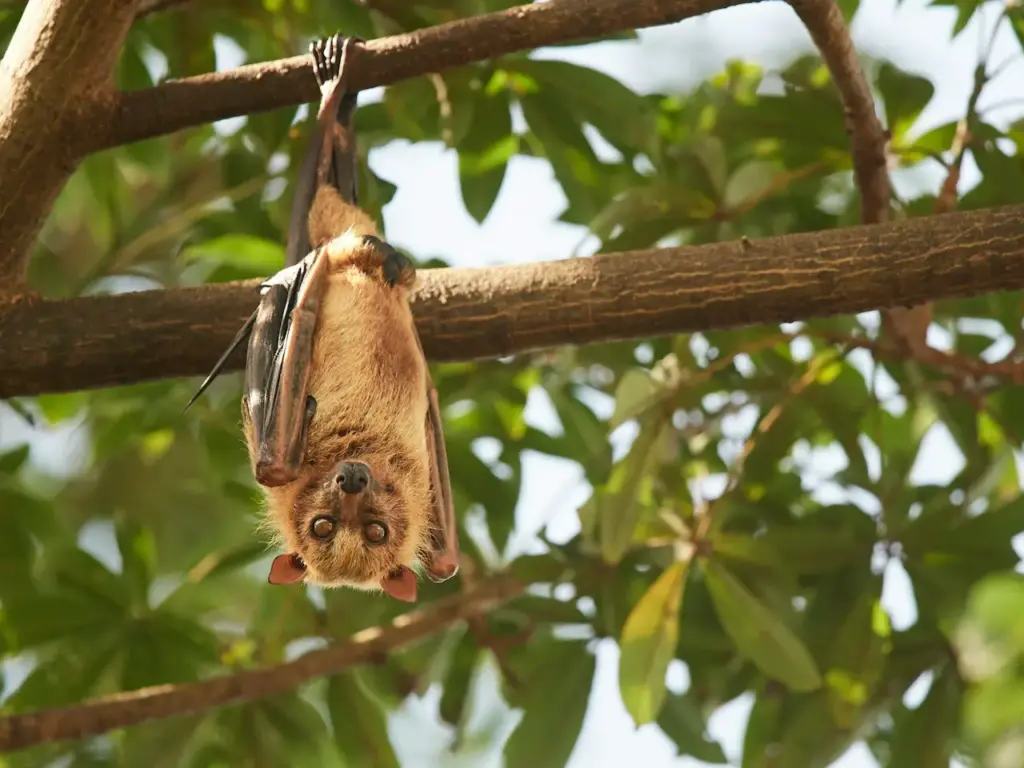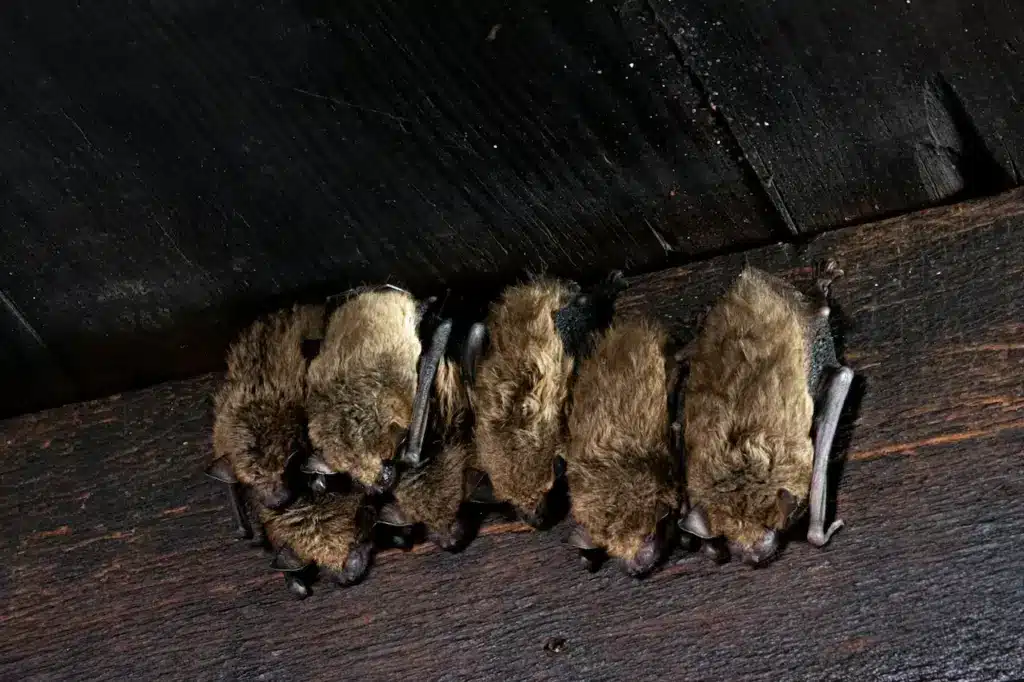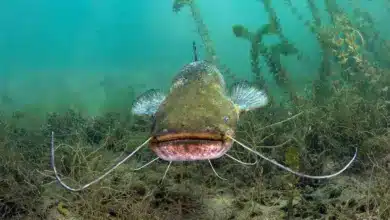Animals don’t tend to be very creative in their most private moments. Performance is generally more instinctive than it is imaginative. But the short-nosed fruit bat, it would appear, is an intriguing exception to the rule.

The Linda Lovelace Of The Animal Kingdom
Oral sex has occasionally been observed among two of our fellow primates, orangutans and bonobos. Until now, however, we humans were thought to be the only creatures that included the practice as a regular part of our sexual repertoire.
But a group of Chinese and British researchers studying short-nosed fruit bats has exploded that misconception just as definitively as Dr. Jane Goodall, with her observations of wild chimpanzees, decades ago shattered the false assumption that humans were the only tool-using species.
The group, which includes scientists from the Guangdong Entomological Institute, the U.K.’s School of Biological Sciences, and two other Chinese universities, published their findings in an article entitled “Fellatio by Fruit Bats Prolongs Copulation Time.” The article appeared today in the online scientific journal PlosOne.
As the article suggests, the researchers not only observed numerous instances of oral sex among the bats they were watching, but when female bats performed the act during mating, the male bats almost invariably continued having sex with them for longer periods than when they didn’t.

The short-nosed fruit bat (Cynopterus sphinx) is a vegetarian Asian species. Males use leaves to construct tents into which they try to lure as many females as possible. The researchers report that some female bats resist the advances of males. Others, obviously, do not. They also report that oral sex among fruit bats is a one-way street—the males were not observed to reciprocate.
The personal lives of bats are difficult to study because most species are active only after dark. The voyeuristic researchers solved the problem by capturing a number of fruit bats, installing them in cages, and filming the goings-on in their leafy seraglios.
To read the original article, visit PlosOne.



